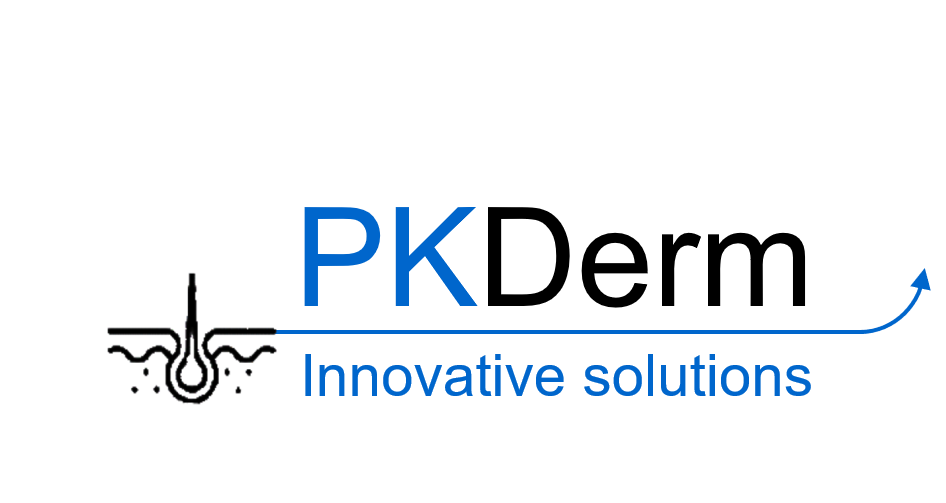Renal advanced in vitro models for nephrotoxicity determination
The natural renal function, to serve as a primary organ for detoxification and elimination of xenobiotics, make the kidneys especially susceptible to toxic chemicals including drugs. Hence, the development of sensitive predictive models and high throughput cell-based in vitro assays for evaluation of the nephrotoxic potential of toxicants as well as new therapeutic substances is an urgent need and a major challenge.
Microfluidic technology offers an alternative platform for in vitro nephrotoxicity screening of chemicals including nanomaterials under physiologically-relevant conditions and provides an attractive strategy for enhancing the efficiency of hazard profiling. In this study, a new microfluidic module with a size of a microscopic slide and a microcavity with a membrane made from silicon nitride (Si3N4) integrated into a fluidic system with tubing, valves, and pump delivering cell culture medium to the cells under a constant medium flow rate was investigated. The human renal proximal tubule epithelial TH-1 cells were cultivated under standard conditions (on inserts, static conditions) and on the chip-based microfluidic module. The aim of this work was to verify the suitability of the microhole chip and the microfluidic module for the cultivation of TH-1 cells as a basis for the development of the kidney-on-a-chip model. TH-1 cells were exposed to cisplatin, a known nephrotoxic compound, and fluorescent-labeled silica nanoparticles (FITC-SiO2NPs). The cytotoxic effects of xenobiotics were evaluated by vital staining using fluorescein diacetate and propidium iodide and by the transendothelial electrical resistance (TEER) measurement. We observed no changes in cell morphology and proliferation activity in TH-1 cells growing on the microchip in comparison with the inserts. Moreover, the microfluidic module allowed a continuous optical characterization and TEER measurement of the cells during cultivation and exposure, thus offering a promising tool for screening of xenobiotics. The human renal proximal tubule epithelial TH1 cells are promising in vitro kidney model for the development of a kidney-on-a-chip module mimicking more realistic human exposure to toxicants.
Acknowledgment
The research leading these results has received funding from grant H2020 HISENTS (GA no. 685817) and VISION (GA no. 857381). Kristina Kopecka received STSM Grant (ID 42926) under COST Action CA 17140 "Cancer Nanomedicine from the Bench to the Bedside" supported by COST (European Cooperation in Science and Technology).


